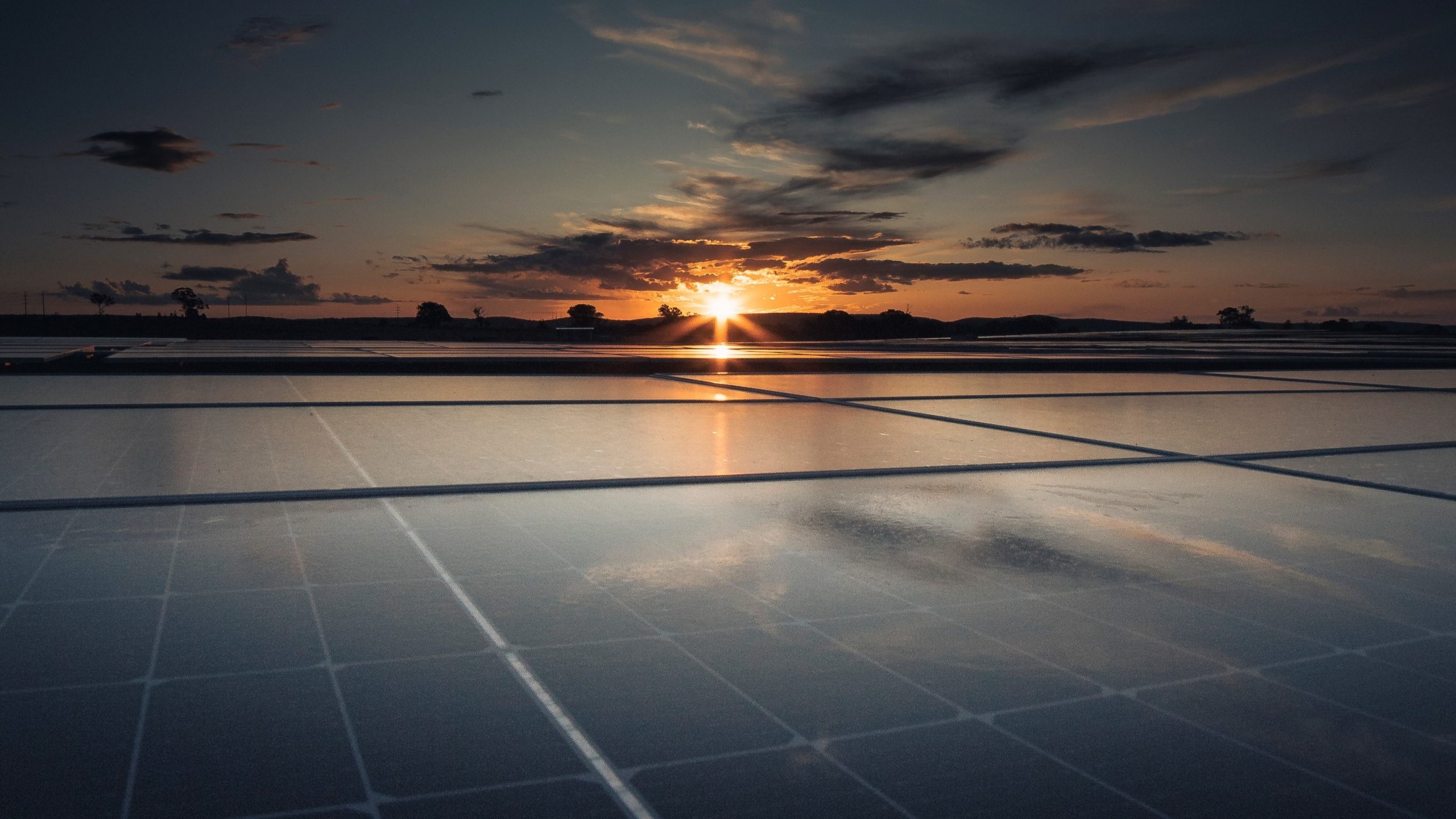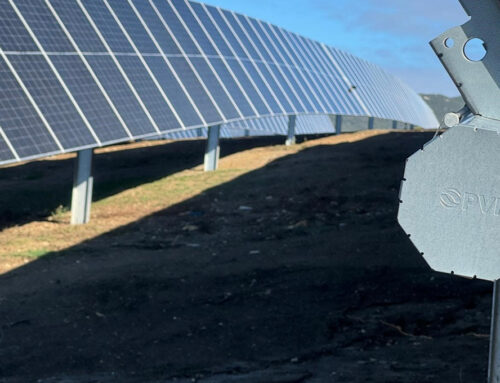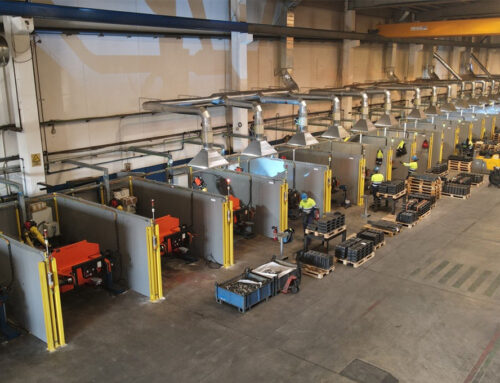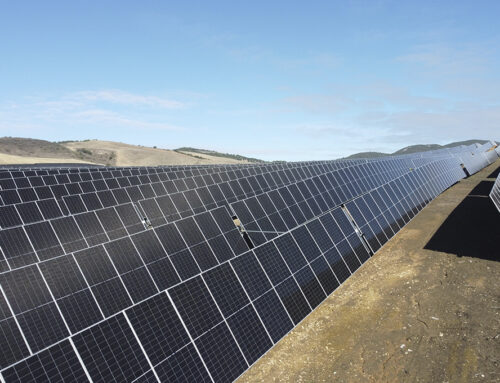With the Bundaberg solar plant PVH exceeds 2GW in Australia
18/03/2024

PVH announced it will supply the 100MW Bundaberg solar farm project, in Australia. The importance of this project relies on it maarking the record of the country’s highest wind speed design tracker ever built.
PVH expands its project portfolio into 18 large projects in Australia acumen 2,2 GW in the country. PVH, which recently opened its first warehouse in Sydney, has become market leader after entering in only 2019 and recently launched its latest innovation, AxoneDuo Infinity, which will be deployed at the NSW facility for training purposes. The cutting-edge technology increases installation efficiencies and reduces the need for earthworks, meaning solar farms can be built faster and at lower cost.
Bundaberg SF has the highest wind speed of any solar tracker in the nation and will benefit from the features introduced in their latest innovation, as it is specifically designed to withstand weather challenges while maximising energy generation. Its weather resistant qualities ensure the protection of solar panels even in the face of high winds, enabling uninterrupted power generation under adverse conditions. Alejandro Cantos, Country Manager of PVH Australia, emphasised the strategic importance of this project, stating:
“The Bundaberg solar project represents a significant milestone for PVHardware as we continue to push the boundaries of solar tracking technology. Our newest tracking solution is equipped with cutting-edge features tailored to withstand extreme weather conditions and will play a crucial role in ensuring the success of this project, and future projects to come.”
International localization as a strategy to global success
PVH manufactures all their products in privately own factories in three continents. This unique global strategy empowers the brand to tailor its portfolio’s features to meet the distinct demands of any solar project. In this case, they will be delivering a full adaptation of their cutting-edge technology to align with the specific requirements of this project.
Infinity’s versatile string interconnectivity offers a wide range of optimisation options, reducing costs while increasing efficiency. Its Unlinked mode enables independent row triggering, further enhancing operational effectiveness. By significantly reducing the need for extensive earthwork, innovations like the Infinity features offer a sustainable and cost-effective solution for solar power generation. When equipped with PVH’s advanced SCADA and control system, DBox5, the trackers’ capabilities are extended.
Recent reports from the Clean Energy Council (CEC) indicate a concerning trend: investment in new large-scale renewable energy capacity plummeted by nearly 80% last year. This can be attributed to grid bottlenecks, sluggish planning and environmental approval processes, and labour market constraints.
Additionally, Australia’s goal of achieving 50% renewable electricity by 2024 and 100% by 2032 necessitates the adoption of efficient green technologies that seamlessly integrate with existing infrastructure.
“Australia finds itself in a pivotal race, where project developers require efficient technology to deliver the infrastructure necessary to meet Australia’s 2030 and 2050 decarbonisation targets. The importance of efficient green infrastructure processes is increasingly evident in the market for both developers and the government,” said Cantos.
Looking ahead, Cantos said: “Our primary focus has always been on adapting solar tracking innovations to accommodate the nuances of local weather conditions. While Australia boasts abundant solar resources, our unique environmental conditions, such as record heatwaves, pose challenges for technological operations.”
“What has accelerated PVH’s growth trajectory is our commitment to providing developers with green technology that leverages articulated intelligence, machine learning, and weather-specific control systems sensors.” With Bundaberg, PVH expands its project portfolio to 18 major projects in Australia totaling 2.2 GW in the country.













